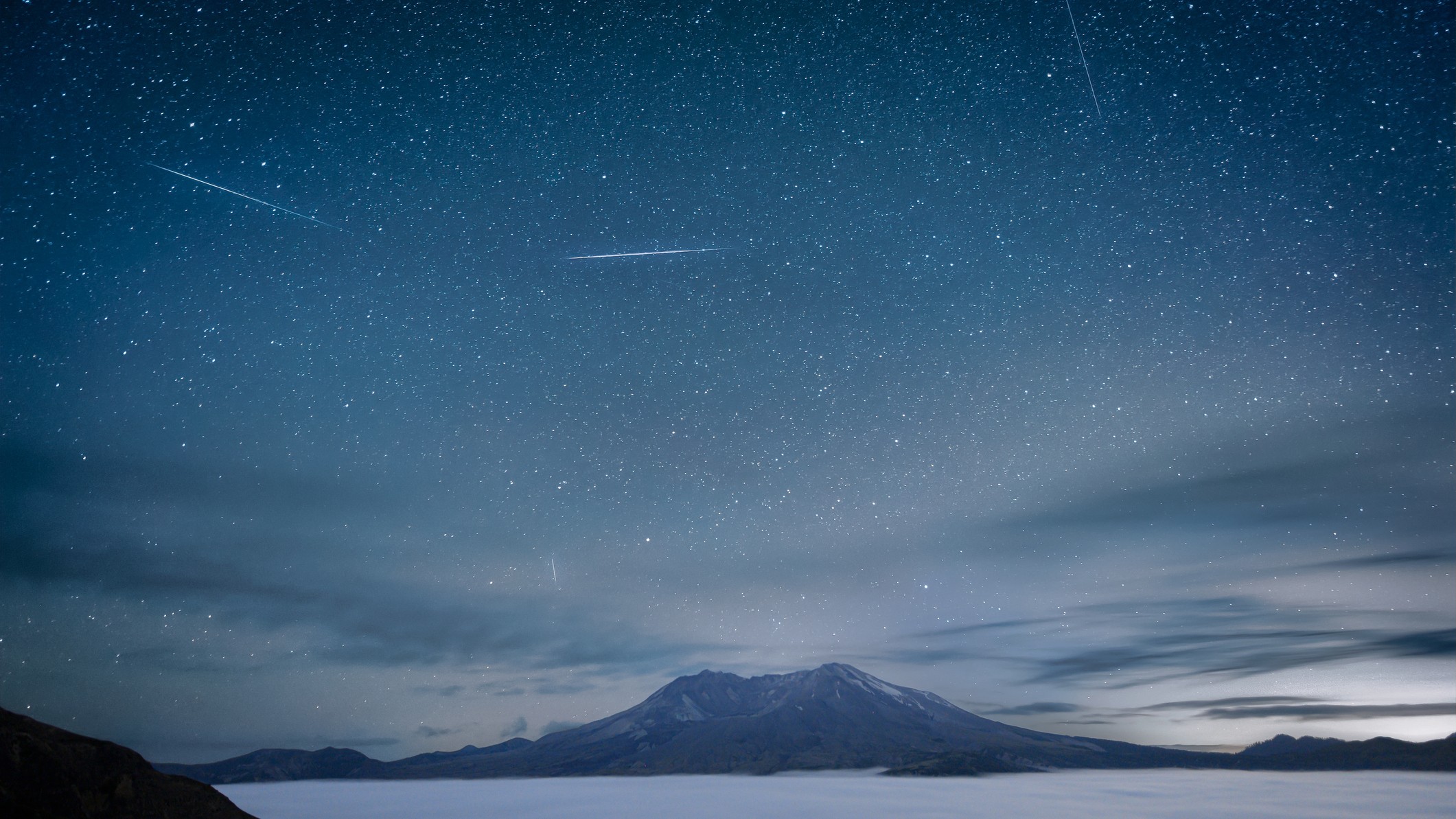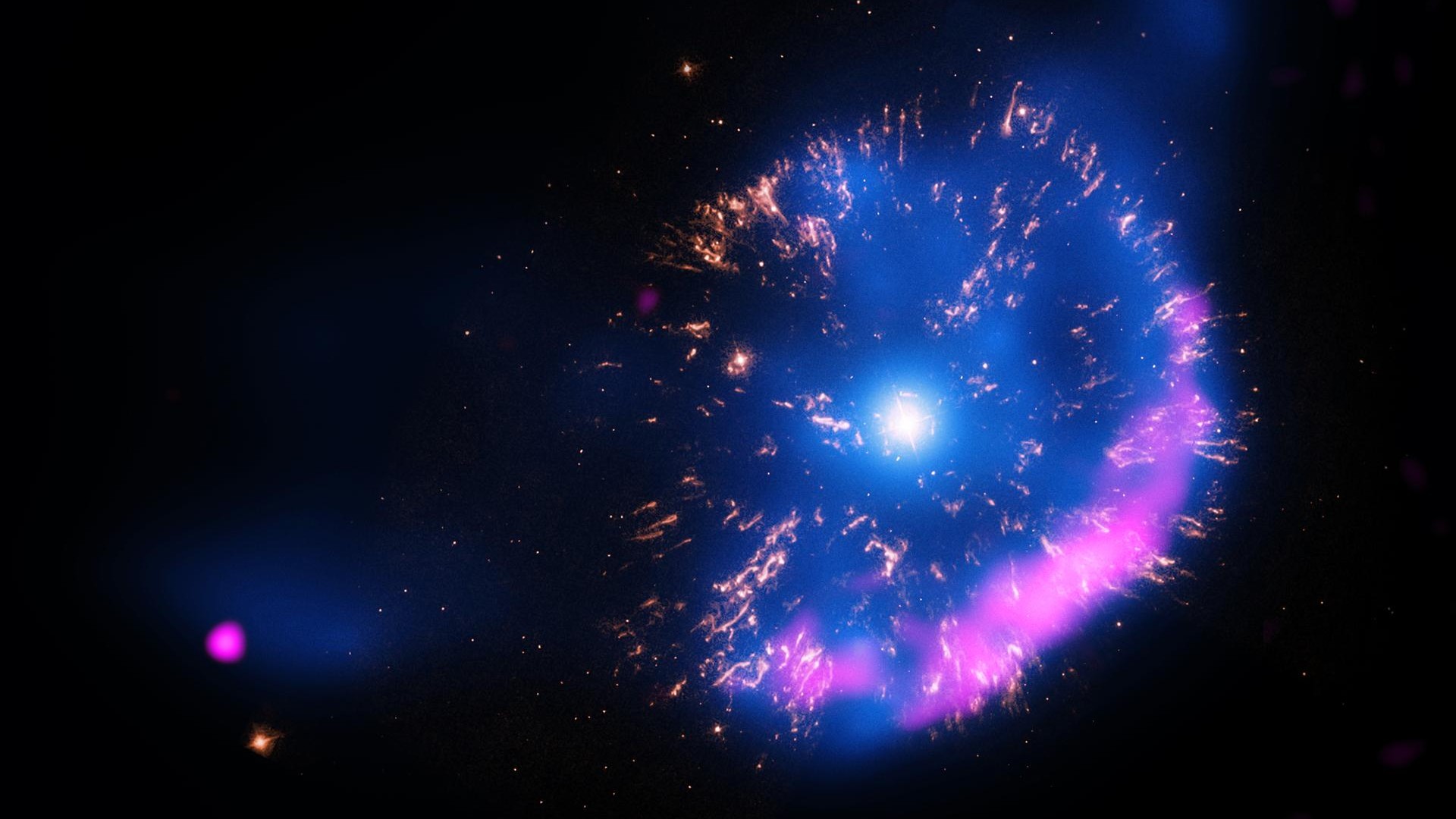How to watch the Delta Aquariids meteor shower kick off 'shooting star' season this weekend
As many as 20 'shooting stars' per hour will fall during the peak of the Delta Aquariid meteor shower this weekend, but August's Perseid meteor shower will be far more impressive.

The Southern Delta Aquariid meteor shower will peak this weekend, but it's just the first act of a multiweek "shooting star" season, with the best show still a few weeks away.
Known for faint shooting stars, the Southern Delta Aquariid meteor shower will peak overnight on Sunday, July 30 through Monday, July 31, with about 20 meteors per hour expected, according to the American Meteor Society. The precise peak will be at 11 p.m. EDT on Sunday (0300 GMT on Monday). However, the Southern Delta Aquariids produce good meteor rates for a week, centered on the peak night.
Though they're popularly called shooting "stars," these fast trails are crumbs of dust (technically called meteoroids) from asteroids or comets left in Earth's orbital path, according to Live Science's sister site Space.com. As they strike Earth's atmosphere, they heat up and vaporize, resulting in streaks of light across the sky.
Meteors from the Southern Delta Aquariid meteor shower — which travel at 25 miles per second (41 kilometers per second) — are known to be rather faint, and according to NASA, they're difficult to spot if the moon is visible. On the peak night, the moon will be just one day away from being full — bleaching the night sky and potentially making meteors hard to spot.
Active from July 18 through Aug.21, the Southern Delta Aquariid meteor shower overlaps with perhaps the most famous display of all in the Northern Hemisphere: the Perseid meteor shower, which is active from July 14 through Sept. 1. The Perseids will peak overnight on Aug. 12-13, when around 50 to 75 shooting stars per hour are expected, according to the American Meteor Society.
It's therefore possible to be out at night in late July and August and see shooting stars from both meteor showers. Although they can appear anywhere in the sky, the points from which the two showers radiate are very different. From the Northern Hemisphere, Delta Aquariid meteors appear to originate from the constellation Aquarius in the southern sky, while the Perseids appear to radiate from the constellation Perseus in the northeast.
Get the world’s most fascinating discoveries delivered straight to your inbox.
The Southern Delta Aquariid meteor shower is caused by dust and debris left in the inner solar system by Comet 96P/Machholz, which orbits the sun every 5.3 years.
The best way to view shooting stars is to observe after midnight from a location free from light pollution, which can be found using a light pollution map. However, given that shooting stars caused by the Delta Aquariids are faint and the moon is bright, it's advisable to look well before the peak night — and to prioritize the peak of the Perseids in August.

Jamie Carter is a freelance journalist and regular Live Science contributor based in Cardiff, U.K. He is the author of A Stargazing Program For Beginners and lectures on astronomy and the natural world. Jamie regularly writes for Space.com, TechRadar.com, Forbes Science, BBC Wildlife magazine and Scientific American, and many others. He edits WhenIsTheNextEclipse.com.


